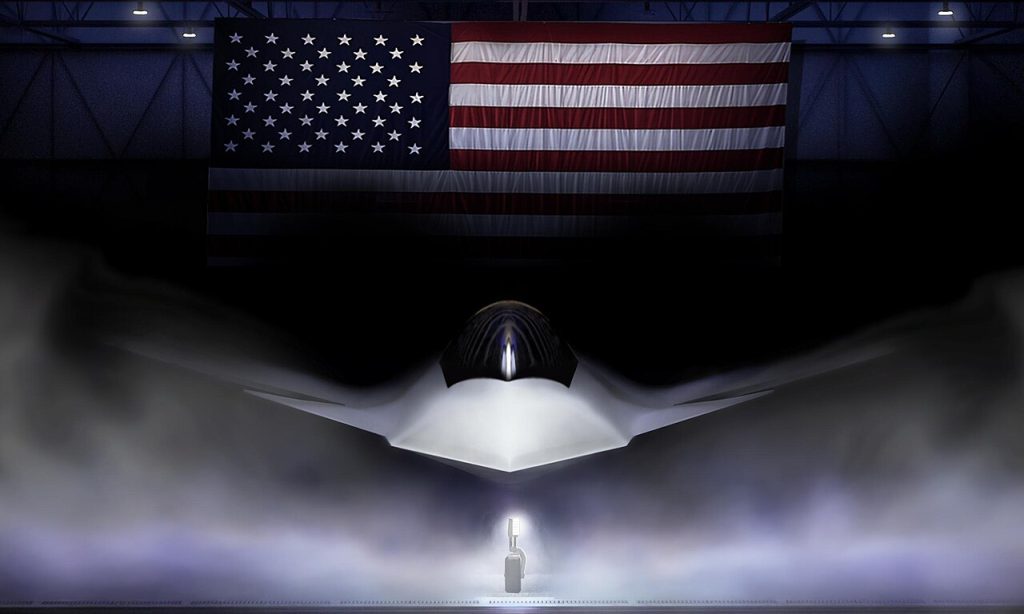
“They could beat us to the punch.” That warning from the former chief of U.S. Air Force acquisition, Andrew Hunter, captures a growing sense of urgency now gripping Western airpower planners: China’s prototypes of sixth-generation fighters have moved from secrecy in the factory to open test range activity, with visible design changes that suggest rapid iteration. The U.S.’s Next Generation Air Dominance program faces budgetary strain, design reconsiderations, and congressional scrutiny.
This is no longer a far-off competition. High-resolution imagery, industrial signals, and breakthroughs in materials science indicate that Beijing will operationalize heavyweight stealth platforms sooner than many predicted. Meanwhile, across the Atlantic, Europe’s flagship FCAS program is mired in governance disputes, which further extends the strategic gap. The following ten developments distill the most critical elements of this accelerating race, each with implications for force structure, technology priorities, and alliance planning.

1. Rapid Iteration on Heavy and Slim Tailless Prototypes
Imagery from late August showed both a massive tailless airframe and its slimmer counterpart cycling through remote western test ranges. Several captured taxi and flight events on different days show an unusually high test cadence. The heavier prototype now sports revised inlets, landing gear, and exhaust geometry, swapping earlier recessed designs for angular nozzles. This public exposure suggests that the program is well past factory trials, signalling confidence in core systems.
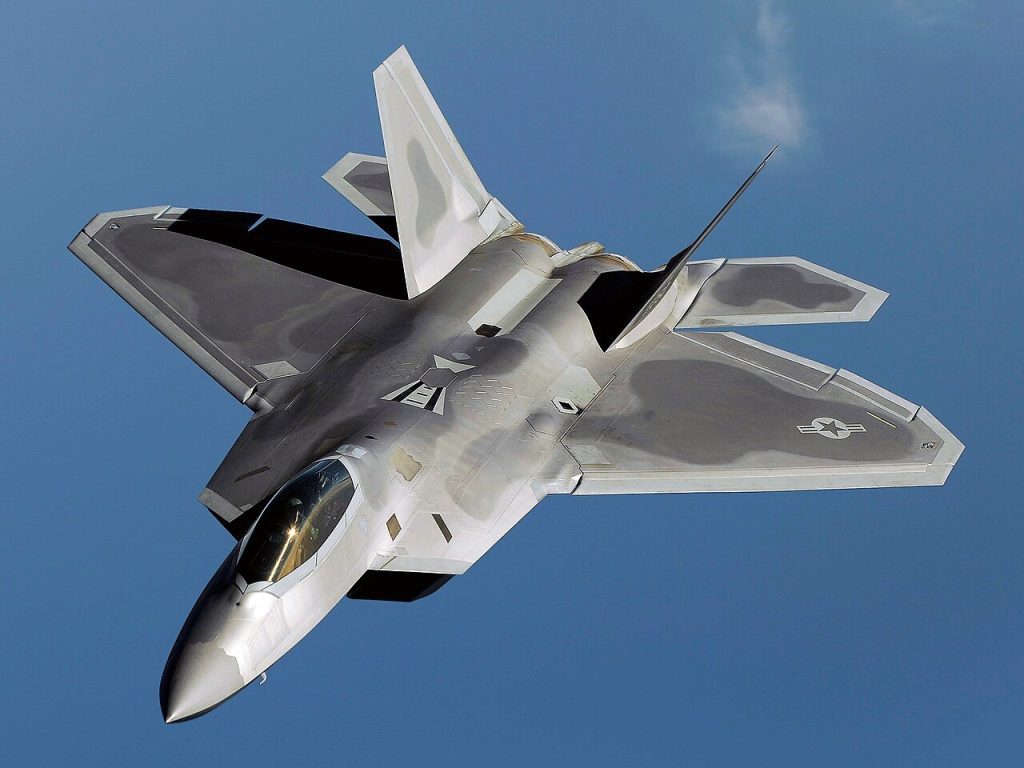
2. Thrust Vectoring and Thermal Management Breakthroughs
The shift to F-22-style two-dimensional vectoring exhausts is more than aesthetic: such nozzles allow for pitch and yaw control with reduced drag, along with the potentially lower infrared signature. For a heavyweight stealth fighter, managing heat while retaining agility is a design imperative. Such changes align with China’s prior thrust vectoring experiments on a J-10B testbed, indicating convergence on solutions to two of the hardest problems in large stealth aircraft design.
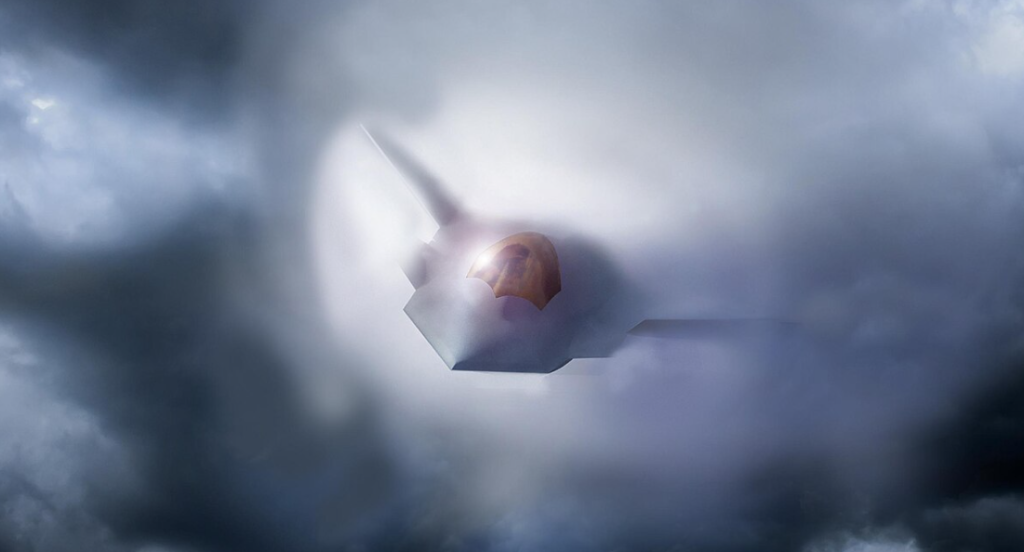
3. Advanced Stealth Materials Standards
By late 2024, China issued a new stealth materials testing standard requiring absorption across both high and low frequency bands while remaining thin and lightweight. This is consistent with advanced composites and engineered metamaterials needed for sixth-generation briefs. Such standards point to programmatic maturity where airframe shaping is matched by materials capable of sustaining low observability across diverse radar regimes.

4. Superalloy Cooling for Next-Generation Engines
It was against this background that researchers at Dalian University of Technology developed a method for forging superalloy turbine discs much faster than anyone had ever been able to, reaching a cooling rate 3.75 times faster than previous methods. “This level of cooling meets the demands of the new generation of aviation engines,” said Shi Jinhe, project leader. The breakthrough could mean longer engine life, extra thrust, and hypersonic-capable propulsion – closing a long gap in China’s aerospace sector.
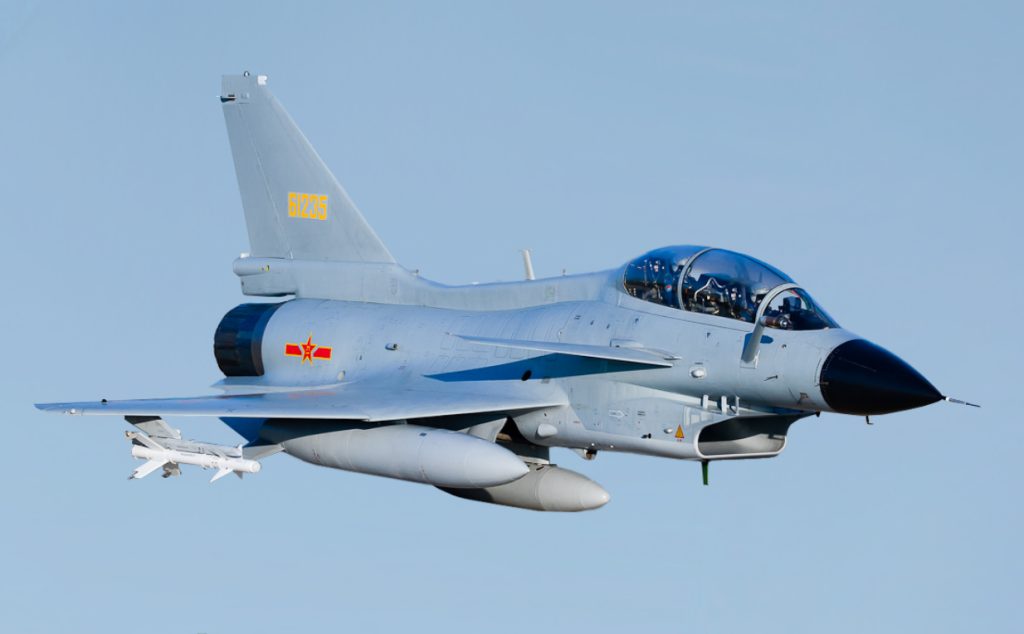
5. Industrial Competition Between Design Houses
Activity at Chengdu Aircraft Corporation seems to be synchronized with a parallel tailless fighter effort reported by domestic and foreign outlets. Maintaining two design houses in competition is very similar in spirit to the practices that accelerate innovation and hedge technical risk. SCMP’s framing of “both” sixth-gen programs evolving in a matter of months underlines Beijing’s aim to field a portfolio, not a single exquisite solution, complicating adversary planning.

6. NGAD Cost and Scope Reassessment
The US Air Force’s NGAD program centres on the Boeing F-47 and includes >1,000 nm combat radius, Mach 2+ speed, and deep integration with CCAs. Leaders such as Frank Kendall have questioned whether the current design is affordable at a projected unit cost of near $300 million. Options under review include shifting mission systems to CCAs, which could potentially drive down the size and cost of the crewed fighter but at the risk of greater dependency on unmanned assets.

7. Congressional Funding Signals
Congress has appropriated $8.2 billion for NGAD technologies through FY2025, and the One Big Beautiful Bill Act provided an additional $400M to accelerate F-47 production. Senate appropriators warn, however, that the Air Force reevaluation “raises questions about the Air Force’s commitment to fielding advanced aircraft capable of maintaining air dominance in a contested 21st century environment.” Quarterly reporting to defense committees is now required.

8. Expanding Chinese A2/AD Envelope
Air Vice Marshal Jim Beck assesses that China’s A2/AD reach is 500 nm today, moving out to 1,000 nm by 2030. New long-range fighters might do that sooner and could threaten U.S. tanker and ISR orbits. That would force the refueling of legacy fighters like the F-35A and F-22A – which have combat radii less than 600 nm – from tankers that are vulnerable themselves. That underlines the need for long-range penetrating platforms.

9. Disputes over European FCAS leadership
The Franco-German-Spanish FCAS program is in fresh turbulence over leadership and workshare. Dassault CEO Eric Trappier insists the “best athlete” should lead, warning of failure otherwise. German lawmakers have floated fallback options with Sweden or the UK, while Spain aligns with Berlin on preserving agreed conditions. These disputes threaten Phase 2 timelines, critical for technology demonstrators of the New Generation Fighter and associated systems.
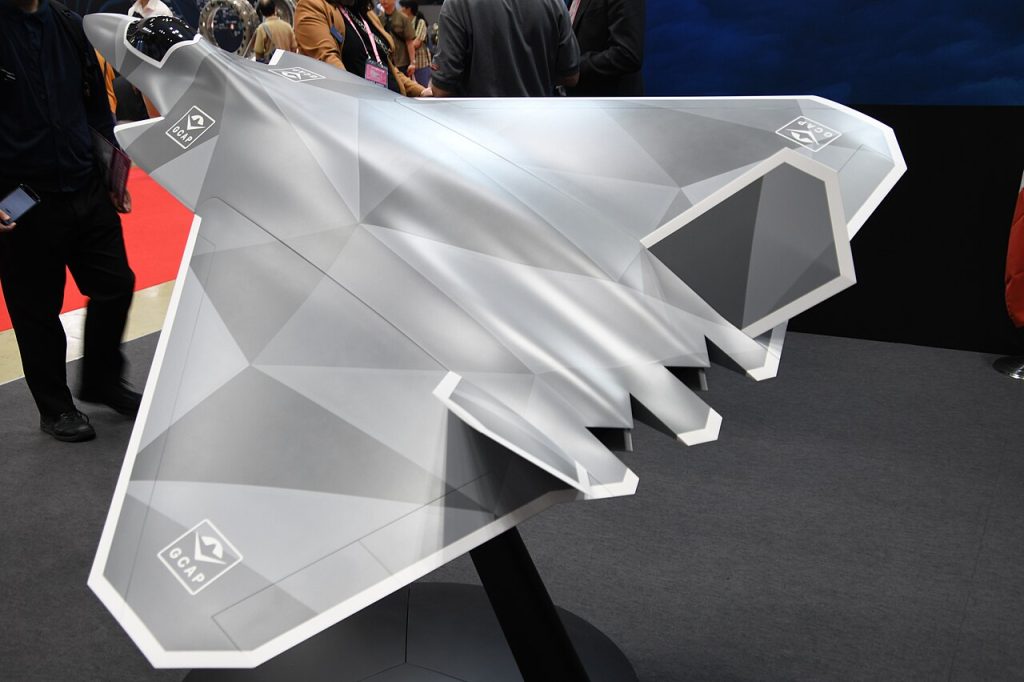
10. Strategic Implications of Chinese Fielding Timelines
If China manages to operationalize a heavy, long-range stealth fighter before NGAD’s IOC, that will, in effect, compress the generational gap with the U.S. and its allies, also challenging not just Washington’s assumptions of air superiority but Europe’s timelines for GCAP and FCAS set respectively at 2035 and 2040. The result: adversary force planning becomes increasingly complex, and allied test and evaluation bandwidth is stretched. Visible acceleration by China in developing a sixth-generation fighter is more than a technological narrative; it is a strategic signal.
Every design refinement, every materials breakthrough, and every industrial maneuver reflects a coordinated effort to field capabilities that can reshape the balance of air superiority. Success for NGAD in the U.S. will depend on balancing cost, capability, and timing in a fiscally constrained environment. For Europe, resolution of governance disputes in FCAS is critical to avoiding a position of irretrievable disadvantage in the race. And in that race, delays are counted not in months, but in strategic disadvantage.


